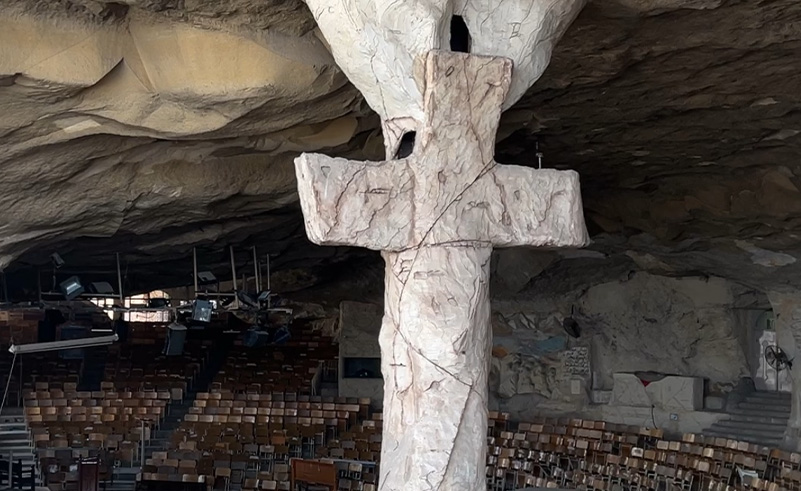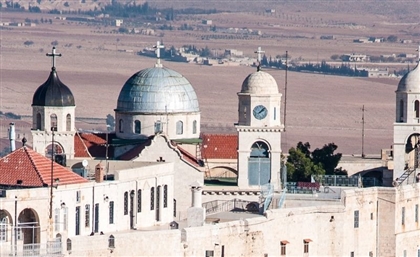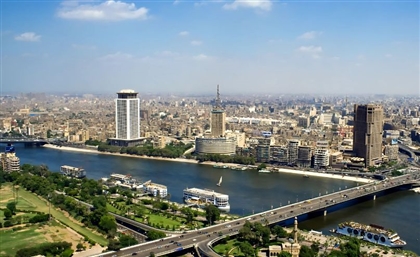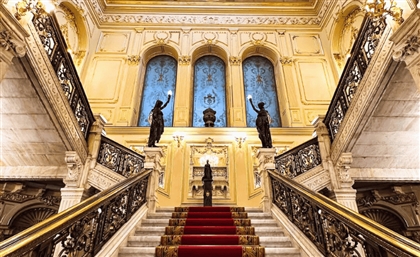The Story Behind The Monastery Of St. Simon
Mokkatam’s ‘Hay El Zabaleen’ houses one of the region’s largest churches, the Monastery of Saint Simon.

Tucked inside the Mokkatam Mountain, at Hay El Zabaleen (garbage city), a neighbourhood known for housing the city’s garbage collectors lies one of the region’s largest churches, The Monastery of Saint Simon. Named after Saint Simon the Tanner, the Coptic Orthodox saint associated with the miracle of moving the Mokattam Mountain during the Fatimid reign in Egypt, the monastery was built after the discovery of St. Simon’s burial site at the same location.
Known in Arabic as Samaan Al Kharaz, St. Simon the Tanner lived towards the end of the 10th century and practised the tanning and shoemaking crafts, which were popular amongst Coptic Christians in Egypt during that time. Today the monastery is visited by Hay El Zabaleen residents who are predominantly Coptic and tourists from all over the world.
The story of St. Simon and the monastery’s breathtaking architecture make it one of the most important religious sites in the region, with the cave-like structure carved directly into the Mokattam Mountain, taking up to 2,000 people. The monastery is also surrounded by multiple cave-like structures and similarly built church spaces that have become a Christian complex and a space for Coptic Christians.
- Previous Article Italian-Palestinian Duo No Input Debuts Eponymous Electro EP
- Next Article Egyptian Embassies Around the World







.jpeg)



















